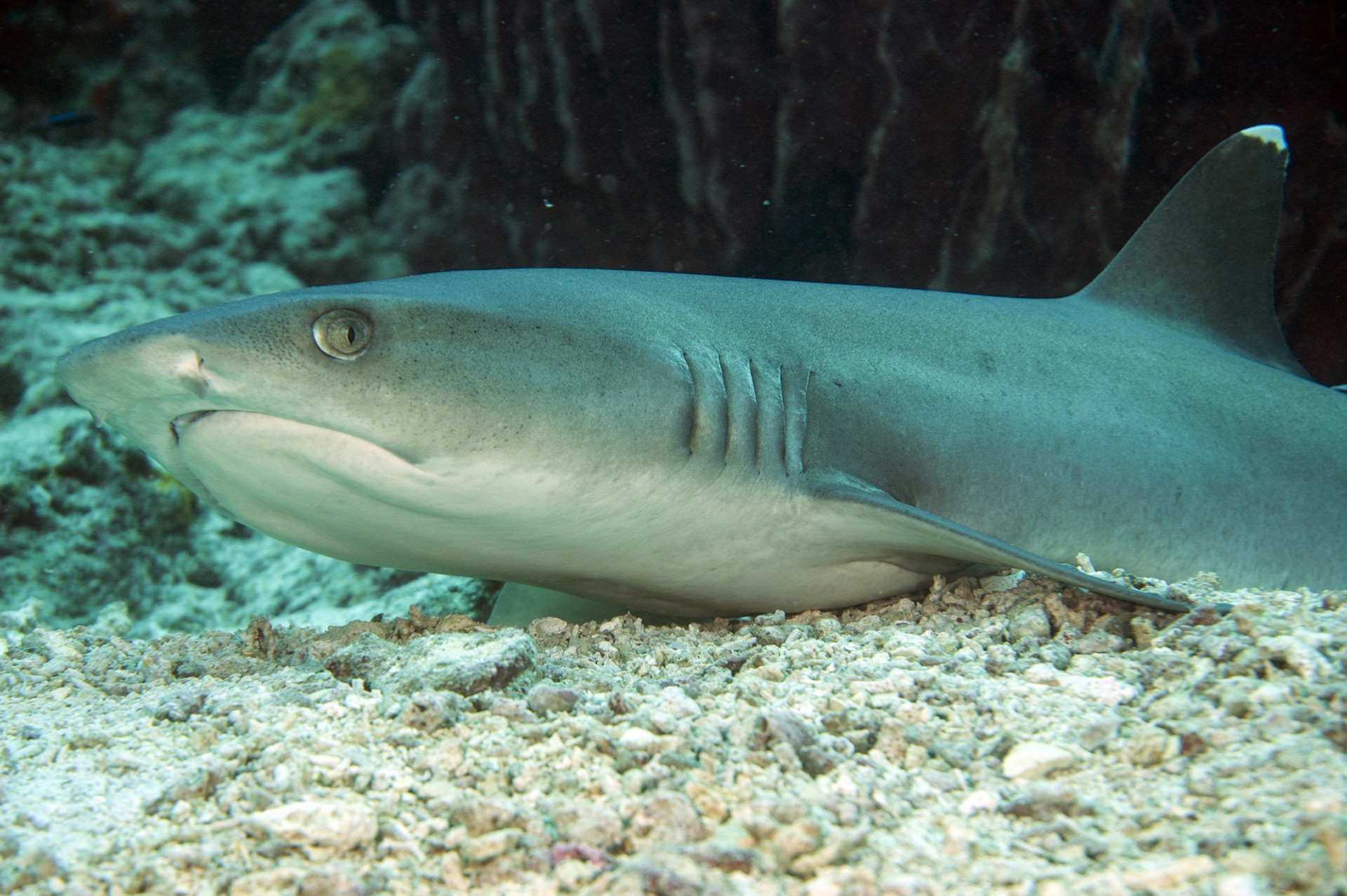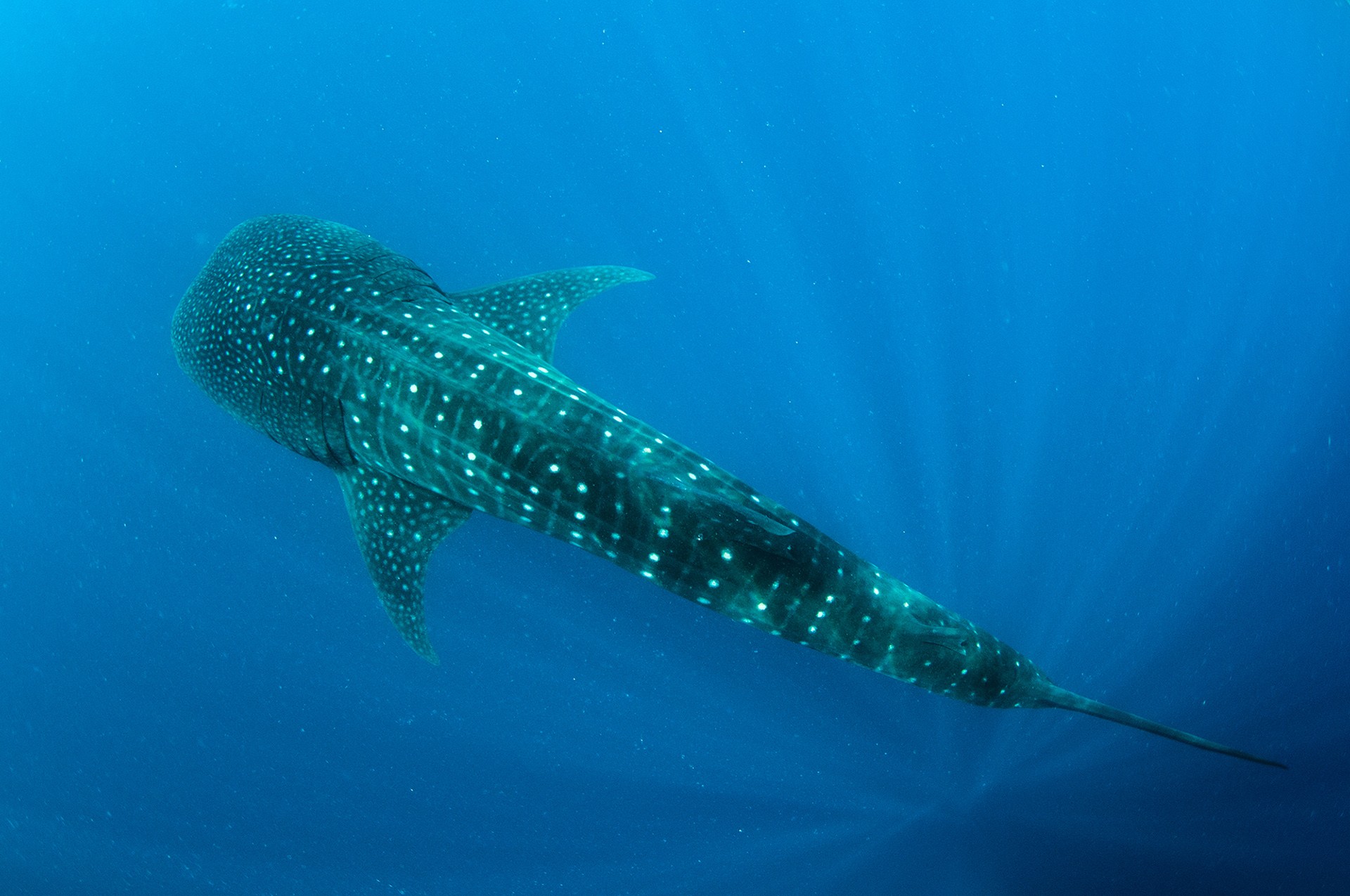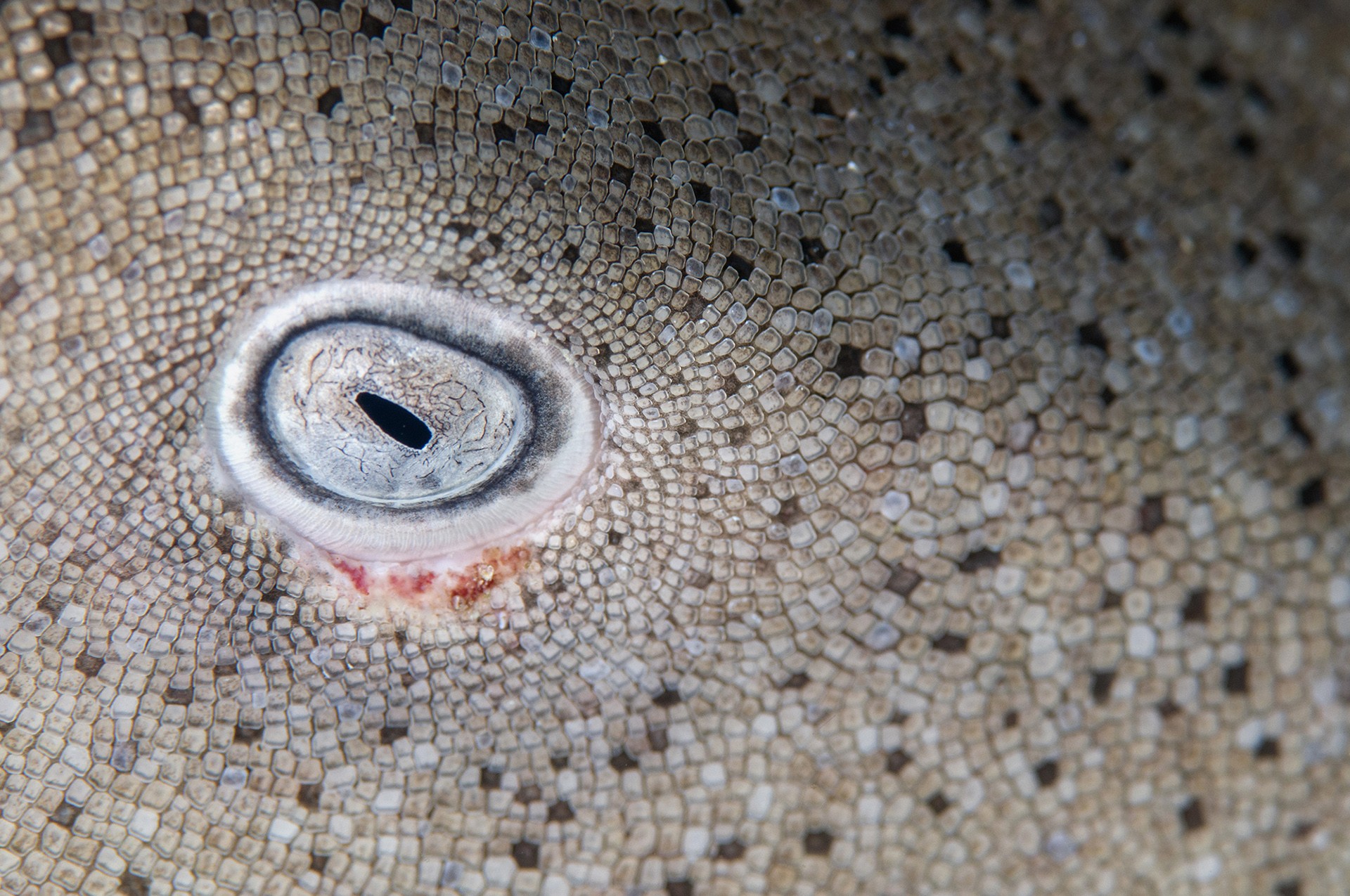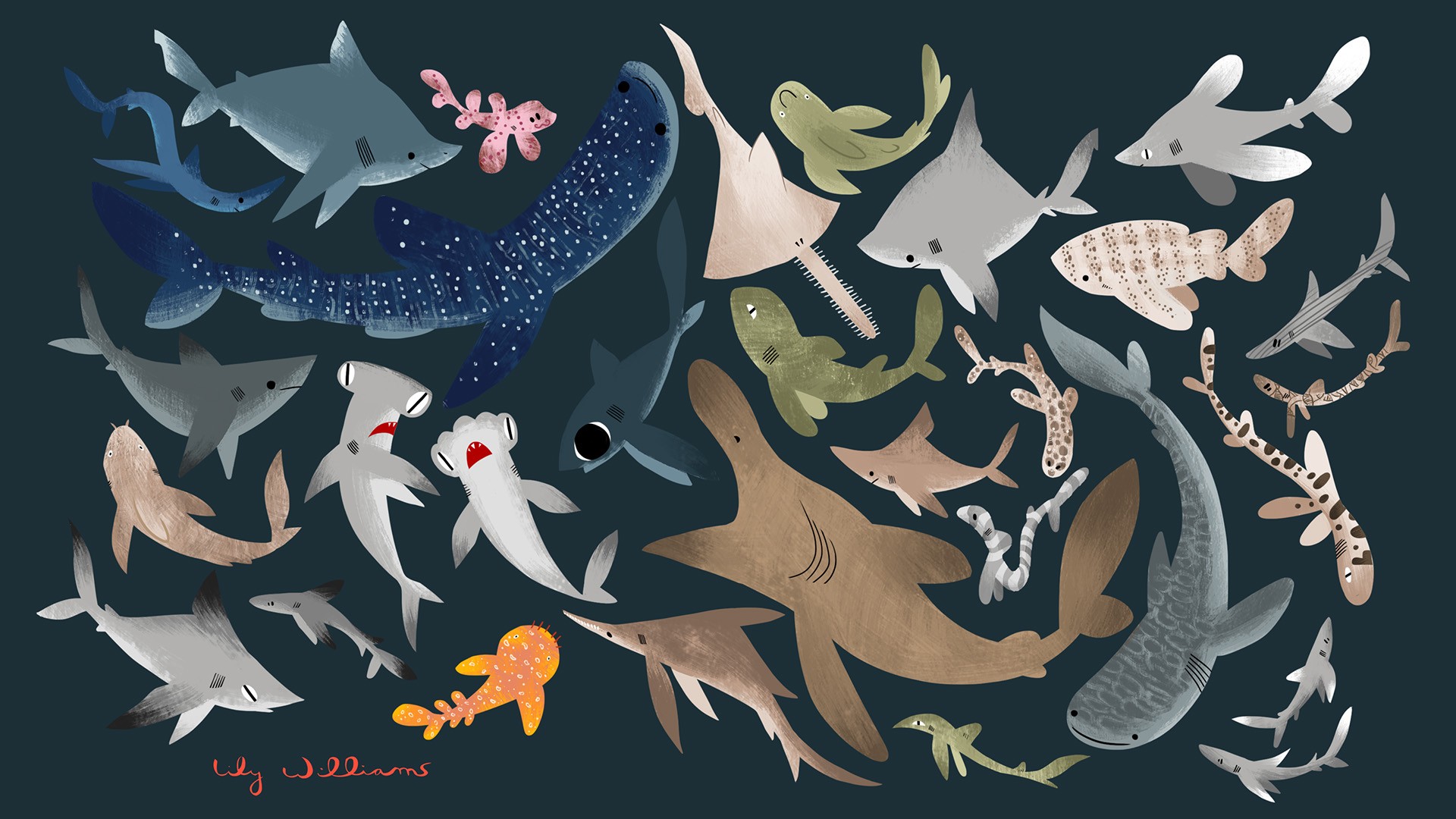Shark.
The word strikes fear and awe in us. These animals have been portrayed larger than life: terrifying, ravenous killing machines that rule the oceans and hence, for little fault of their own, sharks have captured our wild imaginations with a perverse, lingering fear. But every day around the world, people have perfectly peaceful encounters with sharks in their natural habitats.
In India, sharks are of all shapes and sizes. I have encountered White-tip Reef Sharks, Black-tip Reef Sharks, Silver-tip Sharks, Grey Reef Sharks, Nurse Sharks, Zebra Sharks and Whale Sharks all around the gorgeous Lakshadweep and Andaman Islands. I have also seen small, shy bamboo sharks along the seagrass flats off the Tamil Nadu coastline, and I know that these waters also host Hammerhead Sharks (I’ve seen them at fish markets in Goa and the Andamans).
Sharks are amazing to observe in their natural habitat. White-tip Reef Sharks and Nurse Sharks rest during the day along sandbars and under coral heads on the reef; I’ve seen their tails sticking out from underneath porites boulders. I try to approach a resting shark in a way that alerts it to my presence early so as to not surprise or alarm it. I also leave enough room for it to swim away should it need to, and slowly move closer without making sudden movements. This way, I have had the privilege of lying within touching distance of a number of resting reef sharks.
Whale sharks make for a different kind of encounter altogether. The largest fish in the sea often swims very close to the surface funnelling plankton into its enormous mouth. In Southern India and the islands, Whale Sharks are more of a wonderful surprise to divers and snorkellers on a reef rather than an anticipated encounter. They are regular visitors to the coast of Gujarat, however, and happily, fishermen who once killed these magnificent giants for meat now ferry tourists to see them.
It is easy to see why these creatures are apex predators on the reef. They have a tough hide covered in denticles making the skin rough, almost like sandpaper. The torpedo-shaped, streamlined bodies of the larger predatory species have evolved for strength and speed. Their triangular, sharp teeth are constantly being regenerated and replaced as older teeth fall out. Regardless of size, prey or habitat, all sharks have an acute sense of smell and the ability to detect electromagnetic impulses. This allows Bamboo Sharks and Nurse Sharks to detect invertebrate prey hiding below the sand on the reef floor. This ability also allows sharks to hunt at night, or at depths that sunlight cannot penetrate. Sharks developed these incredible abilities ages ago and, unlike humans, have remained relatively unchanged over time.
Sharks have played many roles in our history, our stories and our legends. But the movie that most significantly contributed to how many of us perceive sharks is Jaws, by Peter Benchley. With this film, and its sequels, Hollywood succeeded in cementing the reputation of sharks as monstrous killing machines that lurk in wait for unsuspecting beachgoers.
But out at sea, on shark fishing boats off India’s coastline, a different story unfolds. Every year, millions of sharks are hauled out of the sea, struggling and helpless. We have decimated reef shark populations in the shallow seas around India. Diving these waters over time, it is easy to observe this decline – from spotting numerous sharks in the waters off Lakshadweep in the 90s to seeing alarmingly paltry numbers in the Andamans over the last ten years.
Unfortunately, in recent years, my frequent encounters with sharks in India have been at fish-landing sites and processing units. Here, shark oil is extracted for all manner of cosmetics and lotions, fins are sliced off for soup, skins are processed for fashion accessories and the meat is sold locally for whatever little it will fetch.
As shallow water shark populations dropped, and shark fishing techniques improved, long-line fishing now targets sharks many hundreds of meters below the surface. In fact, studying previously undiscovered sharks that have been dragged up in trawl nets has furthered our knowledge of deep-ocean shark species.
Education is key in shark conservation. In order to conserve sharks, we first need to appreciate them as exceptional animals and respect the vital role they play in our ocean ecosystems. Getting people to experience sharks in the wild is one step towards appreciation and asking them to question fishing practices that bring us our fish, and the ingredients in our cosmetics will go a long way towards changing the status of sharks in the world today.
Video: What happens if all the sharks disappear? Watch FINconceivable by Lily Williams to understand what we're doing to these gorgeous creatures.
Why Must We Protect Our Oceans? - Siddharth Chakravarty tell us why we must care about what happens under the water.
Guest Editor Diaries: Of Sharks And Tuskers - Eight-year-old Guest Editor Vivaan Anand assigns stories to the NiF team.
Two Fins Up - Bijal Vachharajani gives us a booklist to read up on sharks.
When I Met A Wild Tusker - Eight-year-old Guest Editor Vivaan Anand tells us about his Corbett adventure.






